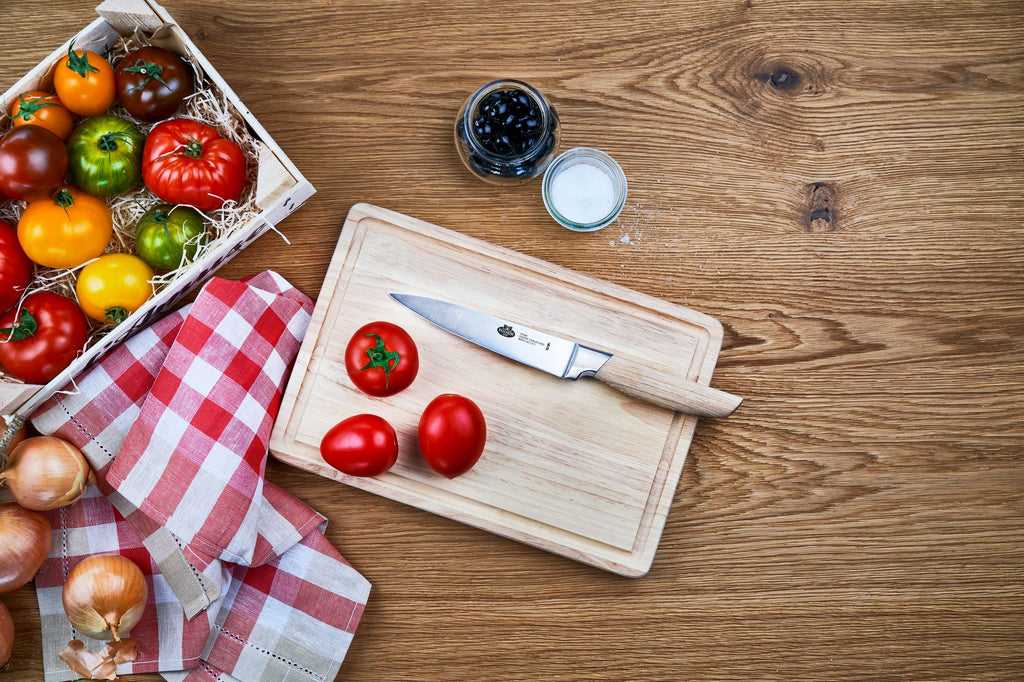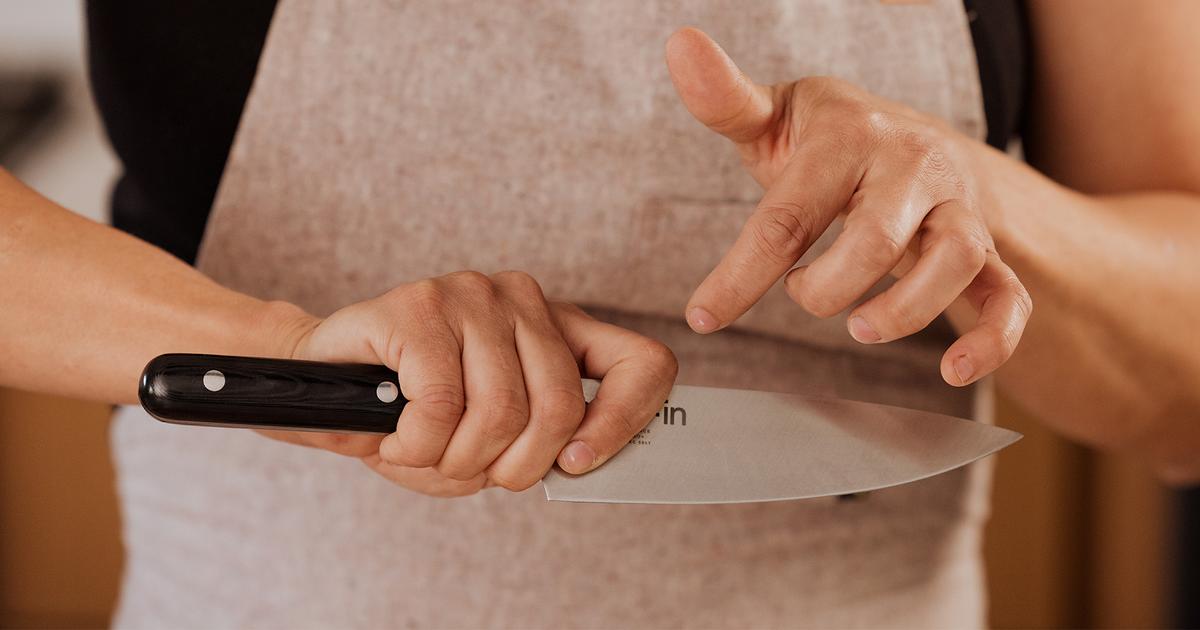In the world of culinary arts, maintaining a sharp knife is essential for both safety and efficiency. But how does one determine the right German knife sharpening frequency? This question often arises among kitchen enthusiasts and professionals alike. Understanding the specific needs of German knives can significantly enhance their performance and longevity.

The Importance of Sharp Knives
Sharp knives are safer and more efficient. A dull knife requires more force to cut, increasing the risk of slipping and causing injury. In contrast, a sharp knife glides through food with ease, making your culinary tasks quicker and more precise.
Understanding German Knives
German knives are renowned for their durability and balance. They are typically heavier and have thicker blades compared to their Japanese counterparts. This makes them ideal for tasks that require force, such as cutting through bones or thick vegetables.
German Knife Construction
The construction of German knives involves high-quality stainless steel, which provides excellent edge retention and resistance to rust. The blades are generally sharpened to an angle of about 20 degrees, which balances sharpness and durability.
German vs. Japanese Knives
While both German and Japanese knives have their merits, they cater to different culinary styles. German knives are versatile and robust, suitable for heavy-duty tasks. Japanese knives, on the other hand, are lighter and sharper, ideal for precise cuts.
Factors Influencing Sharpening Frequency
The sharpening frequency of your knife depends on several factors, including usage, maintenance habits, and the knife’s material. It’s essential to consider these factors to determine how often your German knives need sharpening.
Usage
If you use your knife daily for heavy-duty tasks, it will require more frequent sharpening. In contrast, occasional use means the blade will maintain its edge for a longer period.
Maintenance
Proper knife maintenance can extend the time between sharpenings. Regular honing can help maintain the blade’s edge, reducing the need for frequent sharpening. For tips on honing, check out how to hone your knives effectively.
Material
The steel quality of German knives allows for excellent edge retention. However, even the best steel needs care. Over time, the blade will lose its sharp edge and require sharpening.
Recommended Sharpening Frequency
For most home cooks, sharpening every 3-6 months is sufficient. Professional chefs or avid home cooks who use their knives daily might need to sharpen them more frequently, perhaps every 1-2 months.
Signs Your Knife Needs Sharpening
If you notice your knife struggling to cut through tomatoes or slipping off onions, it’s time to sharpen. A well-sharpened knife should cut effortlessly through food.
Sharpening Techniques
There are several methods to sharpen your German knives, including using a whetstone, electric sharpener, or a honing rod. Each technique has its advantages, and your choice will depend on your comfort level and the tools available.
Whetstone Sharpening
A whetstone is a popular choice among professionals for its precision. It requires practice but offers excellent results. Ensure you’re using the correct angle, typically around 20 degrees, for German knives.
Electric Sharpeners
Electric sharpeners are convenient and time-saving. They are designed to maintain the correct angle for sharpening, making them user-friendly for beginners.
Honing Rod
While honing doesn’t sharpen the blade, it realigns the edge, keeping it in optimal condition between sharpenings. It’s advisable to hone your knife regularly, especially if you use it often.
Knife Care Tips
Proper care can extend the life of your German knives. Always hand wash them and avoid putting them in the dishwasher. Store them safely in a knife block or on a magnetic strip to prevent dulling.
Knife Storage
Proper storage is crucial to maintaining the blade’s edge. Consider using a knife block or magnetic strip to keep your knives organized and protected.
Avoiding Common Mistakes
Many people make the mistake of using cutting boards made of hard materials like glass. Always use a wooden or plastic cutting board to prevent dulling the blade. For more tips, visit knife care tips.
Conclusion
Understanding the right German knife sharpening frequency is essential for maintaining their performance and durability. By considering factors like usage, maintenance, and material, you can optimize the lifespan and efficiency of your knives.

FAQs
How often should I hone my German knife?
Regular honing is recommended after every few uses to maintain the blade’s edge.
Can I use a Japanese sharpener on German knives?
While possible, it’s best to use sharpeners designed for the specific angle of German knives to ensure the best results.
Why does my knife get dull quickly?
Frequent use, improper maintenance, and using hard cutting surfaces can contribute to a knife dulling quickly. Regular honing and proper storage can help mitigate this.
This article contains affiliate links. We may earn a commission at no extra cost to you.


